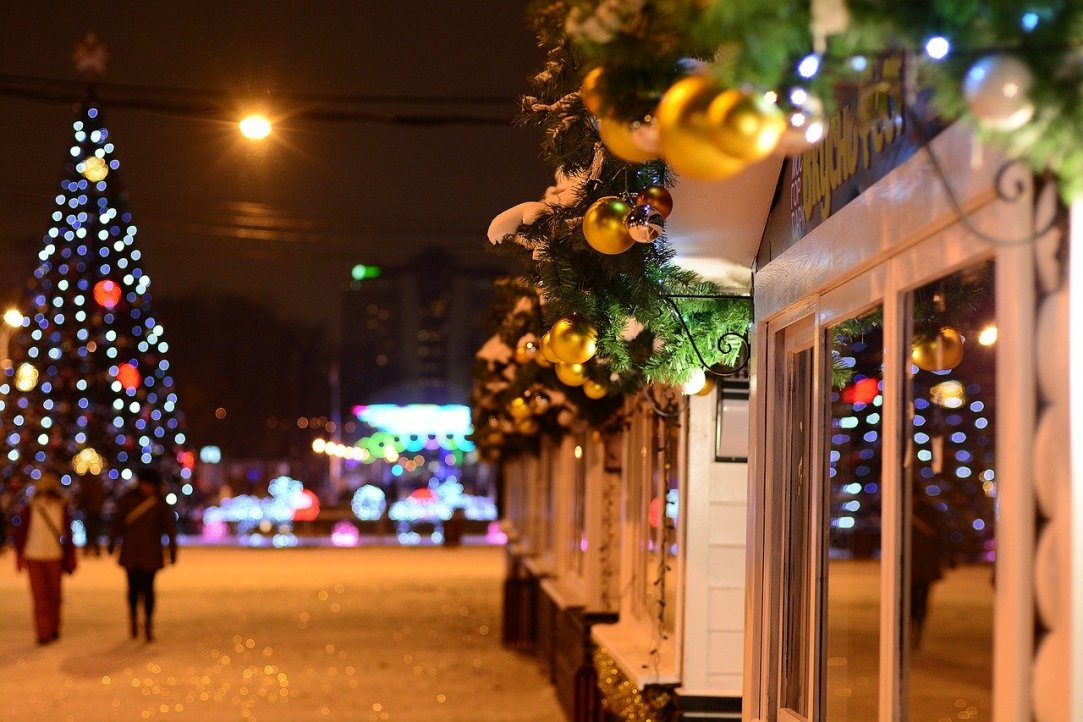Discovering Winter Moscow

The HSE Look presents a column by Blair Dunbar, Editor at HSE Expert Translation Centre.
'How do you like our Moscow winters? Isn’t it cold for you?'
With either an eye roll or a slight smile I respond, 'I grew up in Chicago. I can handle it.'
To be more accurate, I grew up in a small suburb located about an hour and half west of the Windy City, a town of about 20,000 people. While Russian winters may be the stuff of legends (what else could’ve defeated Napoleon), my hometown still knows what a real winter is like. My early childhood is replete with memories of praying for a snow day, shoveling driveways, scraping ice off cars, and digging through plastic containers overflowing with gloves, neck warmers, scarves, and even face masks. While at university in Evanston, another Chicago suburb, we famously received three days off classes after the temperature hit -29 degree Celsius (windchill not included).
That’s why, when I first studied in Moscow as a college junior, and November gave way to December, I was prepared for the snow. I was prepared for the chill. I was even prepared for the slush. I wasn’tprepared for the vibrance.
Where I’m from, there is a tendency to hibernate. Sure, my town hosts the annual Christmas Walk that includes the ceremonial tree lighting, bake sales, and house tours. Sure, you can spot the occasional group of children speeding down Settler’s Hill. You’ll even see a few runners brave the cold along the River Walk. But, as a whole, winter is quiet.
Moscow is a city that is never completely quiet—particularly if you know where to look. And you don’t have to look far, considering a freshly decorated Christmas tree towers above the sprawling Christmas market next to GUM, right in the center of the city.
Not too far away, the massive Gorky Park, which just a few months ago was host to beach volleyball courts, ping-pong tables, bicycle rentals and outdoor dance classes, is magically transformed into a 20,000 square km ice skating rink. In fact, it’s as if half the city transforms into an ice-skating rink—in 2018, there were nearly 1,500 artificial and nature ice-skating rinks throughout the city.
More amazing though, is the number of people who venture outside sans skis, ice skates, or snowboards.
Botanicheskiy Sad, located to the north of the city, is covered in an ever-increasing layer of snow from December till late March. In other words, the pavement literally disappears, and you’re walking on padded down snow. Yet, pick any Sunday and you’ll see groups of families going for long walks, dedicated cyclists making good use of their snow tires, and runners hoping they won’t slip and fall (myself included). For as much as Russians tend to complain about the cold, it’s a bit amazing to me the number who refuse to let chill or sunless days disrupt their weekend plans.
My favorite part, though, are the lights. When I was a child, some of my favorite Christmases were spent with my grandparents in Des Moines, Iowa. My grandma had no fewer than four Christmas trees in her house, and she would rent out an entire bus for the sole purpose of touring the elaborate and extensive Christmas light installations set up by the city. In Moscow, a bus would be superfluous. The lights are everywhere. They line the walls of the city’s largest ice-skating rinks. Snowflakes and stars dangle above my head as I walk the cobbled streets next to Okhotny Ryad. Pay attention, and you can watch the trees change colors as you walk from Chistyye Prudy to HSE. And when those lights are set against a backdrop of freshly fallen snow? Well, it’s just gorgeous—a site that speaks to the romantic in me.
There’s special lifeblood to Moscow winters, one that I love. It’s like the city has dual personalities: summer and winter. Sure, the latter is darker, gloomier, and marked by significantly more grumbling, but it’s also a time when the superficiality and touristy veneer are stripped away. Calm wins the battle over bustle, and I get to reclaim the city that convinced me to uproot my life and move across the Atlantic.